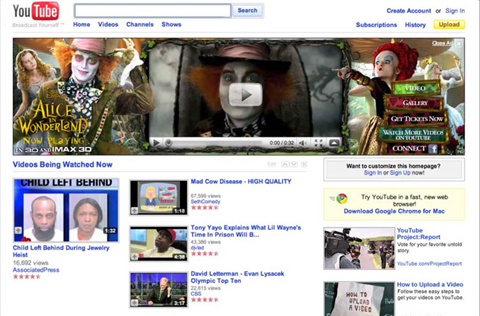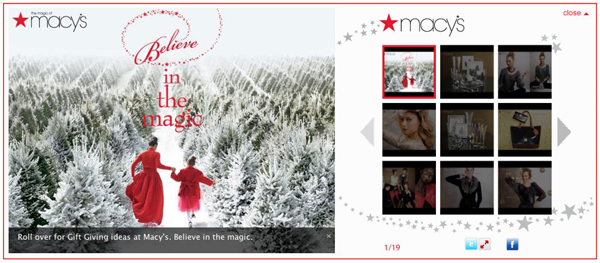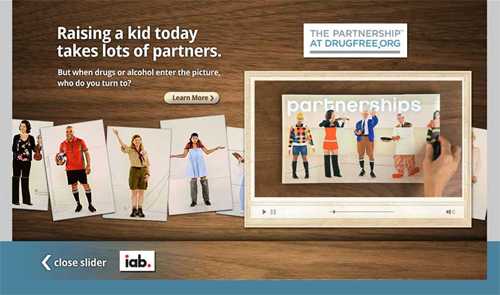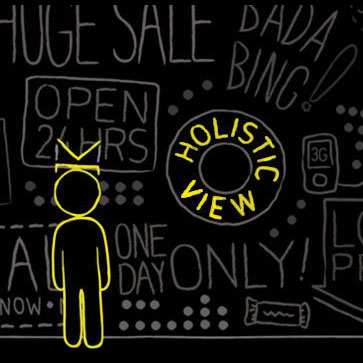Display Ad Dictionary (Starter Guide)


Keeping track of jargon can be overwhelming in any industry, but this is especially true in the case of Internet advertising. Understanding the current definition of important terminology can arguably make a big difference in ad-campaign performance. The following is an introduction, a starter guide to understanding traditional advertising formats and sizes and the terms you'll encounter related to display advertising, which are important to have as a foundation for future success.
Traditional Advertising
Traditional online advertising can be seen on almost all informational websites today, and the "must know" terms have become commonplace in our industry language. Terms related to performance and format are commonly discussed. While learning these terms is important and helpful to those just starting out in the Internet business world, a regular refresher for the Internet's old pros is also recommended.
Online ads come in many different sizes - from skyscraper and leaderboard ads to button and tile ads. Knowing which ad formats achieve the best performance (e.g. highest impressions) is fundamental to the success of ad campaigns. Three top-performing ads that every savvy website owner should be familiar with are the leaderboard (728x90), skyscraper (120x600) and boombox ads (336x280). Historically, larger ad formats have led to more clicks, and although smaller ads can also be beneficial as a means to drive awareness, these three typically achieve the best results.
Aside from different sizes, ads also come in different formats, such as a text ads and standard graphic display ads, or display ads. A text ad, popularized by contextual advertising programs such as Google's Adsense, is pretty self-explanatory. However, a standard display ad (see example below) is the stepping stone between text ads and modern ads. These ads usually contain text and a graphic or logo that is created (designed) in formats such as .jpg, .gif, or .swf. Additionally, many display ads currently feautre flash animation/interaction. The deployment and optimization of display advertising has created a much more exciting landscape for onlookers with the introduction of both behavioral and geographic targeting.
Lastly, understanding performance metrics such as click through rate (CTR) is important for anybody involved with traditional online advertising. CTR is defined as the ratio of clicks to the number of ad impressions that are displayed. Simply put, higher click through rates can result in more visits to product website landing pages.
Traditional display advertising has served us well, but the online advertising industry is evolving rapidly.
The Old Standyby: The 468x60

Advertising Today
The online display ads consumers encounter today, commonly referred to as rich media ads, are far more interactive, visually appealing and some would even argue more user-friendly than their traditional counterparts. The result, thanks to the much-improved technologies that support the development, deployment and optimization of these ads, is an experience that resonates with consumers and which is profitable for publishers.
Some of the most notable new ad formats originated from the Interactive Advertising Bureau's (IAB) Rising Star competition. A few formats that advertisers should get to know, and that will likely become mainstream in publishers' inventory over the next few years, include the billboard, pushdown and slider ad.
The billboard ad (IMAGE A - below) was created by Google. It is very large and an example is visable at the top of YouTube. Often this type of ad shows movie trailers, but another important feature is the ability for consumers to dismiss the ad by closing it in the upper right-hand corner.
The pushdown ad (IMAGE B - below), created by Pictela, is interactive and contains video. It is also social-media friendly, by giving the option to share the ad directly onto Facebook and Twitter.
Genex created the slider ad (IMAGE C - below). This ad is initially smaller than the rest. It pops up in a small strip from the bottom; however, when it is clicked on- a full size interactive ad appears.
So Much More to Learn!
The rise of rich media is introducing new terminology into our Internet business lexicon. Below are some "must know" terms for monitoring performance when advertising today.
Interactions - The number of times a user interacts with a rich media ad. Interactions include when a user mouses over an ad for one continuous second, clicks an exit link, makes the ad display into full-screen mode or expands the ad.
Interaction Rate - The ratio of rich media ad interactions to the number of rich media ad impressions that are displayed.
Average Interaction Time - A self explanatory definition, the average amount of time (seconds) that a user interacts with a rich media ad, with multiple interaction times being combined together.
Expansion Rate - The ratio of rich media ad expansion to the number of rich media expanding ad impressions displayed. Expansions are counted when a user expands an ad by mousing over or clicking it.
Average Expanding Time - The average amount of time (seconds) that an expanding ad is viewed in its expanded state. Expansion time is capped at four minutes in order to prevent imprecise results.
Average Display Time - The average amount of time (seconds) that a rich media ad is displayed to users
Video Plays - The number of times a video is started to play.
Video Complete Rate - The number of times a video is completely watched divided by the number of times the video is played.
IMAGE A
IMAGE B

IMAGE C










